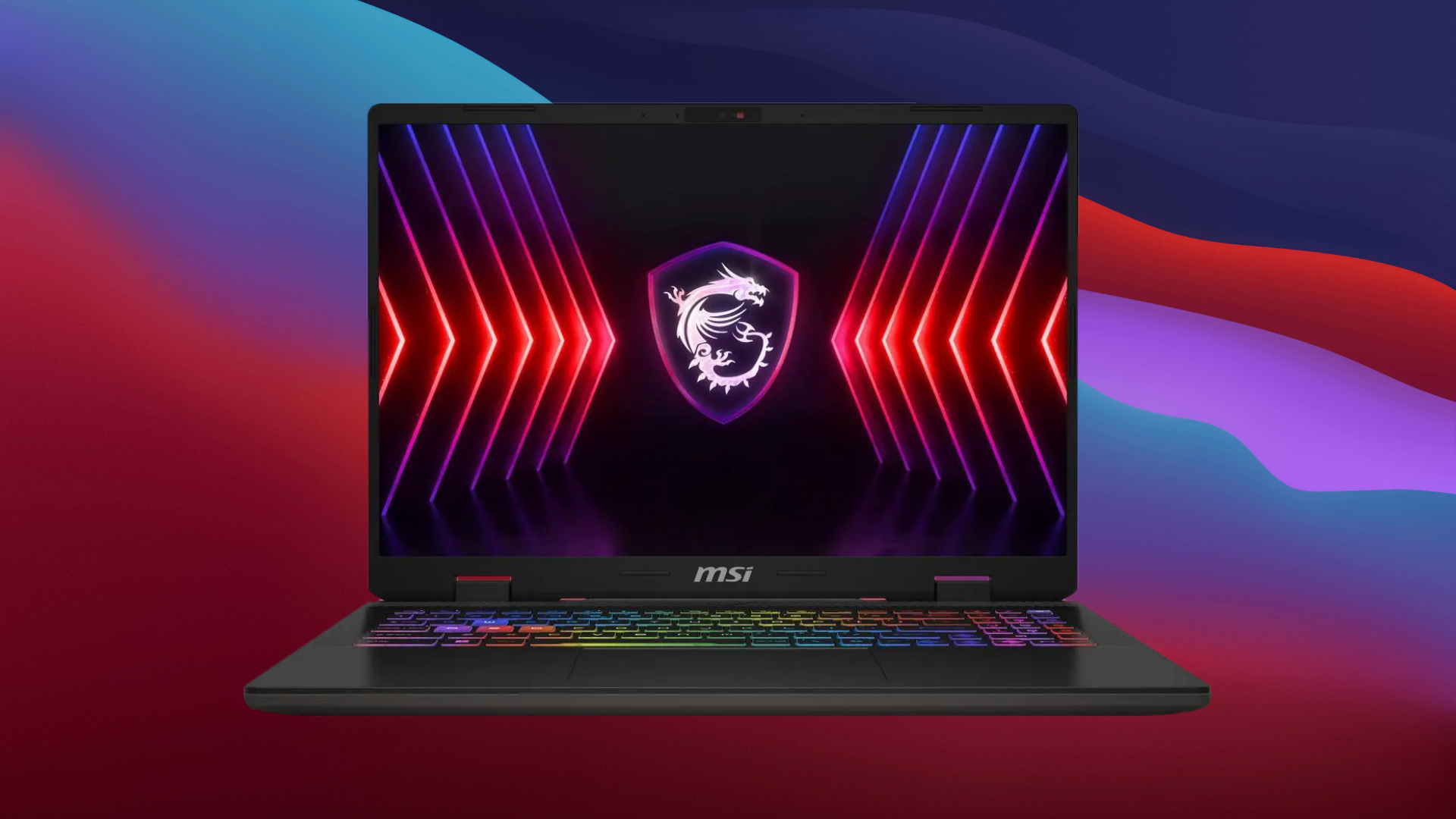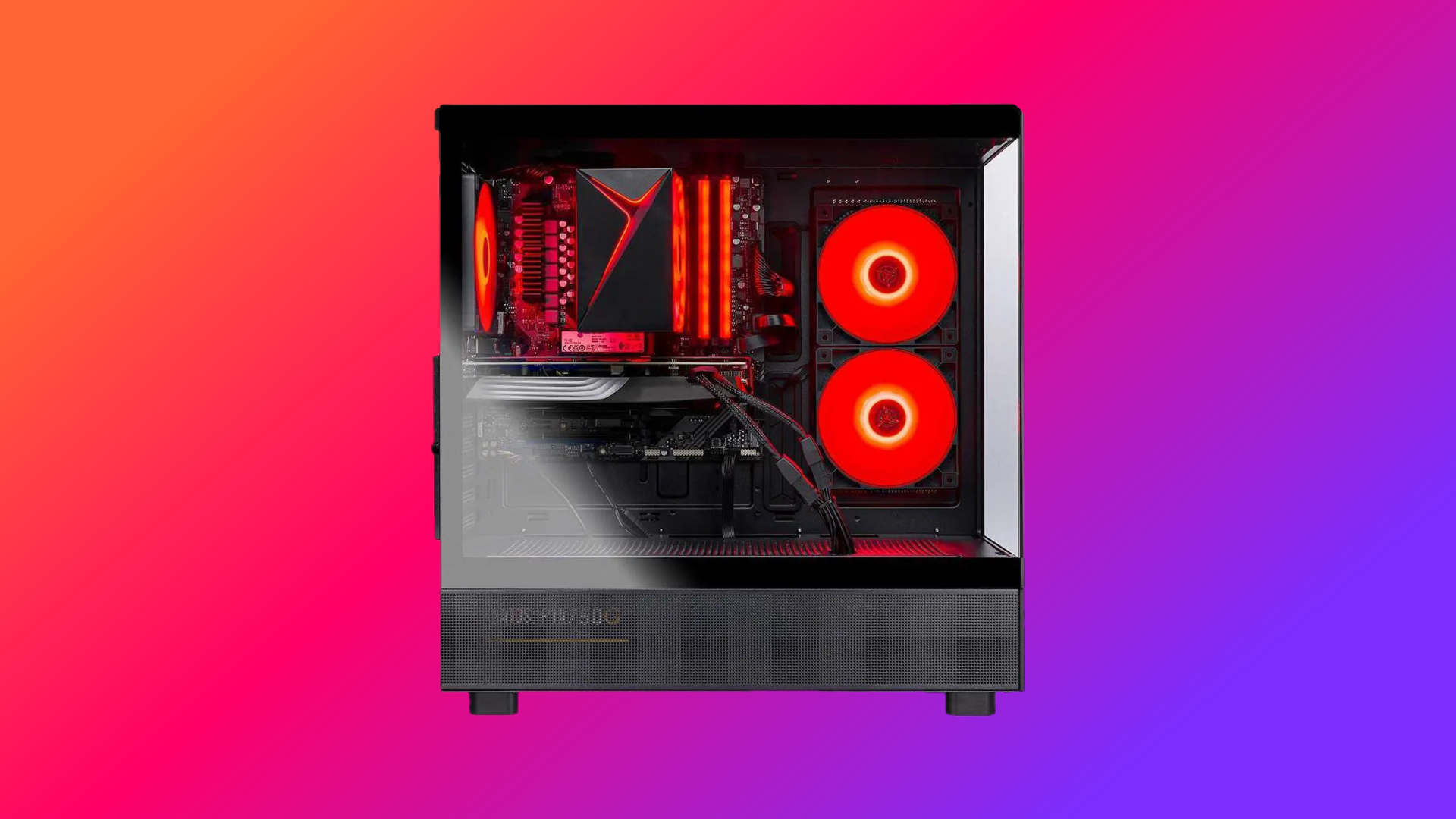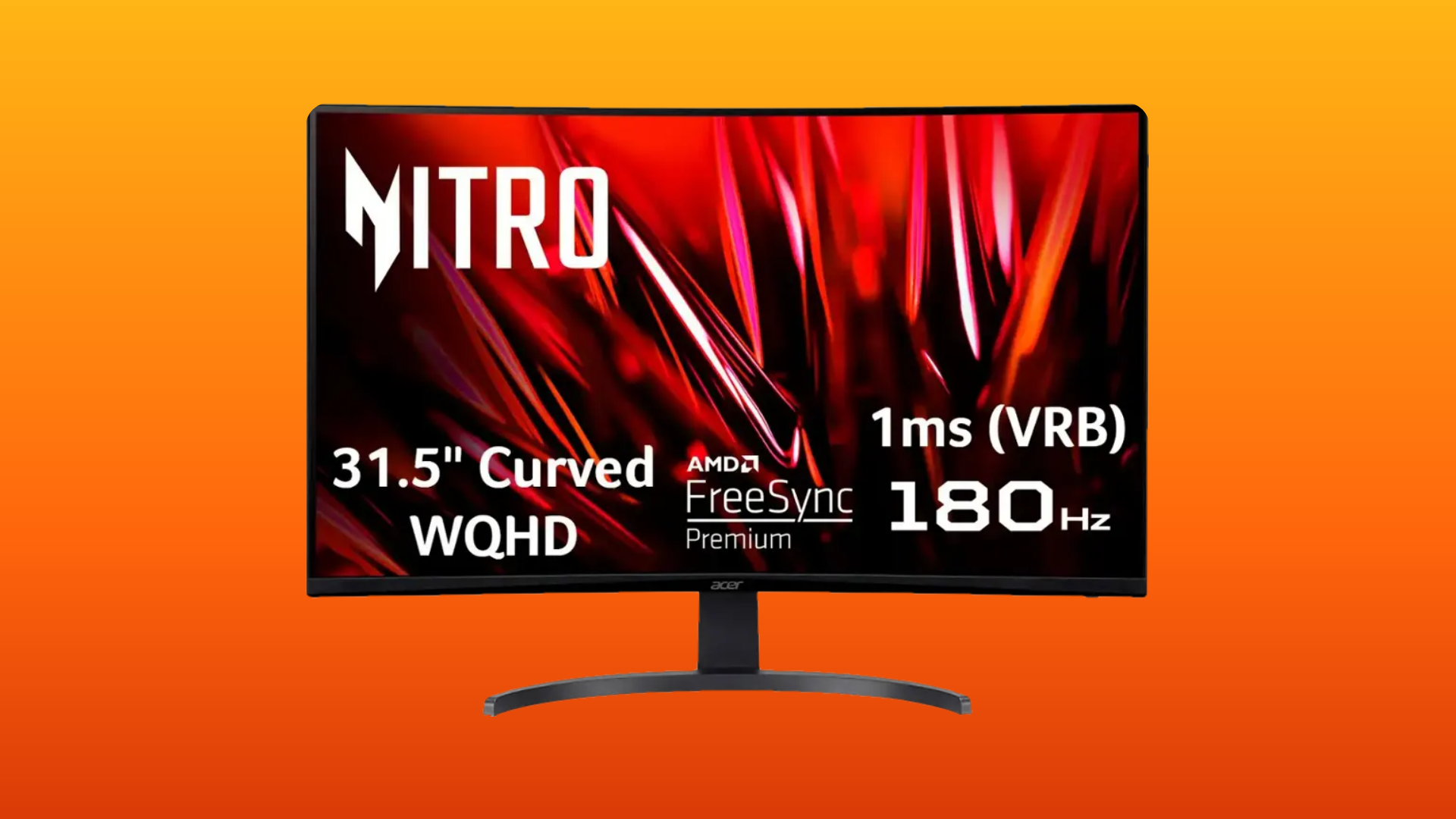This article compares Ampere’s high-end RTX 3080 Ti vs Blackwell’s mid-range RTX 5060 Ti regarding specs and more.
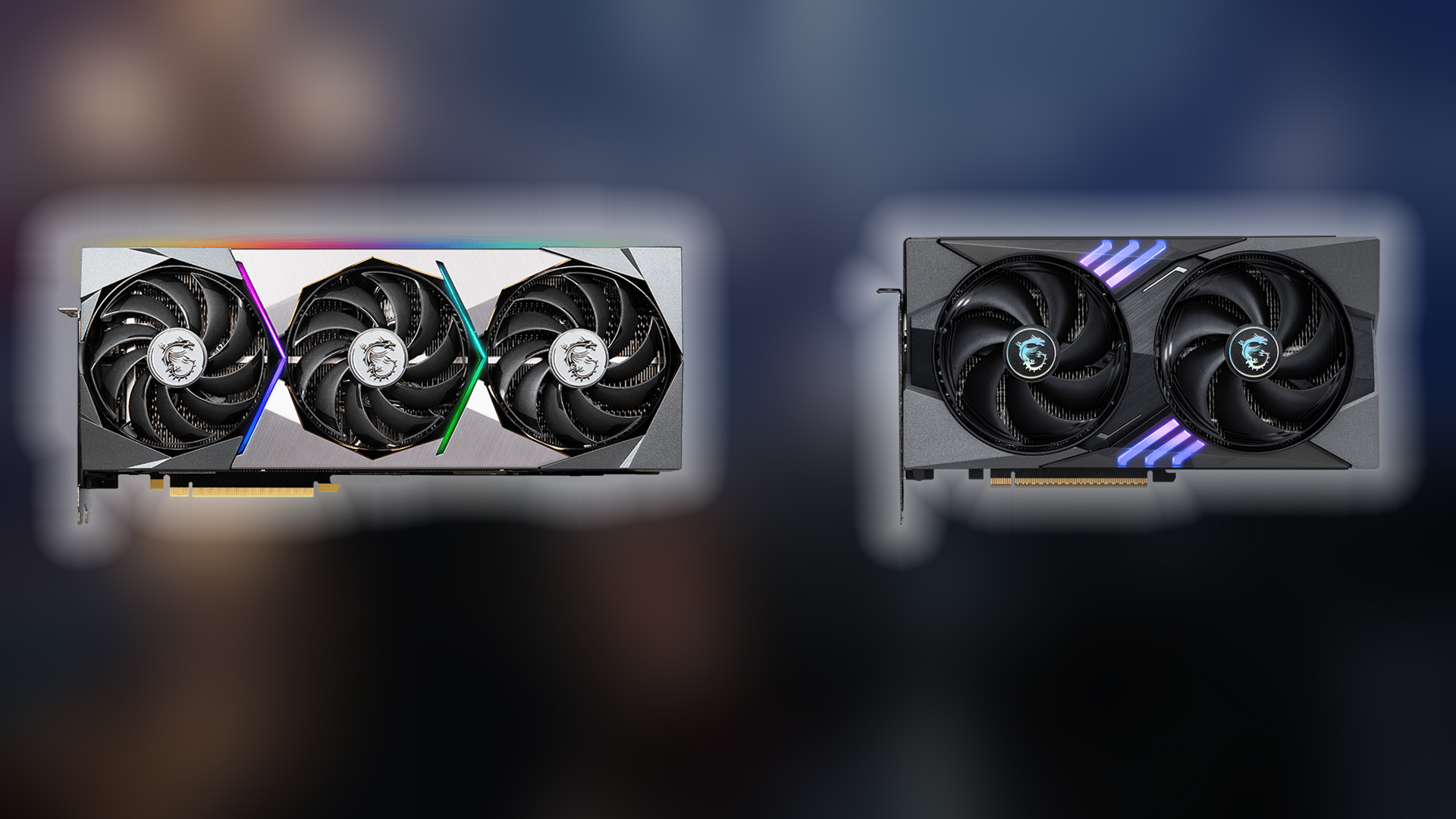
The 3080 Ti represented the essence of the Ampere flagship GPUs in 2020, offering plenty of VRAM, immense computing power, and substantial memory bandwidth. Gamers from the enthusiastic territory found it highly appealing to pick up and play games at native 4K, or even 1440p. Back then, DLSS wasn’t a selling point for these GPUs; raw performance mattered, which meant good raster performance, memory bandwidth, and bus width were all selling points.
Even though there was this unplayable title called Cyberpunk 2077, the gen-to-gen improvements were worth talking about. With the 50 Series, this changed significantly; mid-range GPUs no longer excite gamers, as, due to the trend, they are likely to be subpar. The only selling point of today’s highlight, the 5060 Ti, is that it comes with 16GB VRAM, not 8 GB. Let’s look at the comparison and discuss which one you should go for in 2025.
Note: This article is based on real-life examples and scenarios, thoroughly analyzed and researched. This does not source from any third-party data. All of the specs mentioned are official.
NVIDIA GeForce RTX 5060 Ti vs RTX 3080 Ti
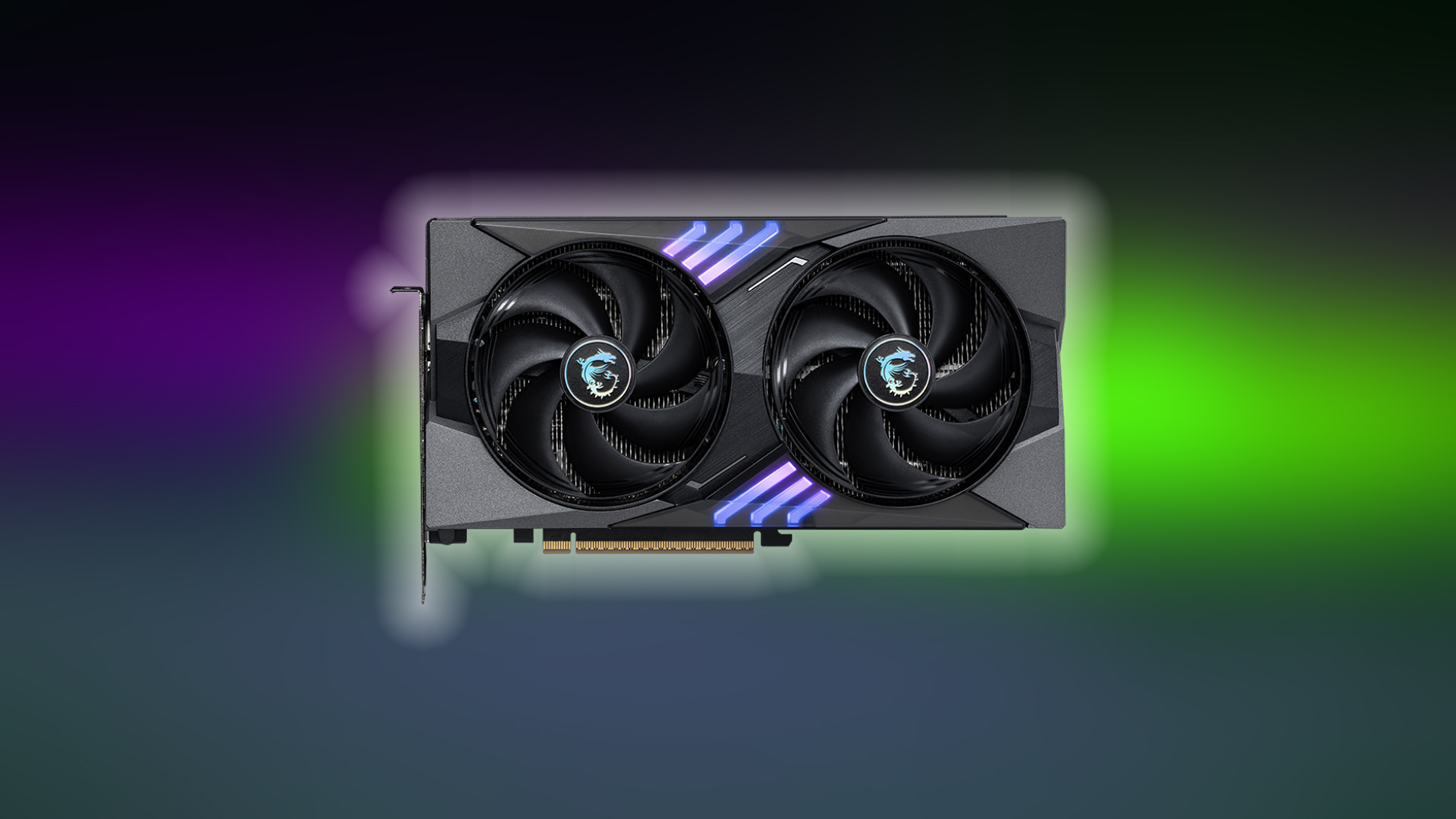
The 3080 Ti sits between the 4070 Super and the 4070 Ti in terms of raw performance, which is significantly higher than the RTX 5060 Ti, which falls in the 4070 level. However, in a real-world scenario, the VRAM limitation in the 3080 Ti and the weaker GPU core in the 5060 Ti limit gamers with both GPUs to 1440p. Either way, there is a problem, and ideally, the 1440p makes more sense with both of them.
It’s a simple win for the 5060 Ti, why? Because you can easily get away with an 80+ bronze PSU and not worry about anything. However, the 3080 Ti requires a special connector or an ATX 3 standard because it has a higher power draw. According to online reports, significant power transients occur on both the CPU and GPU sides, particularly during shader compilation. That’s one scenario where the 5060 Ti wins hands down.
There are benefits, too, such as 16GB VRAM and MFG support. Although gamers can enable frame generation through lossless calling with their 3080 Ti’s, native FG also has its own image quality differences, FG on top, requiring extra VRAM. Therefore, 12GB cards that turn on FG may run into serious issues when playing AAA titles built on Unreal Engine 5 (UE5).
Regarding raster performance, where the 5060 Ti falls short, the 3080 Ti, with tuning, manages to surpass the 20K mark in Timespy and around 15K in Port Royal. Whereas the 5060 Ti only manages 15K points in Timespy and around 7.5K in Port Royal.
Official Specifications & Theoretical Performance
| Category / Specification | RTX 5060 Ti (16GB) | RTX 3080 Ti |
| GPU Architecture | Blackwell (GB206) | Ampere (GA102) |
| Process Node | 4nm (TSMC 4N) | 8nm (Samsung) |
| CUDA Cores | 4,608 | 10,240 |
| Ray Tracing Cores | 36 (4th Gen) | 80 (2nd Gen) |
| Tensor Cores | 144 (5th Gen) | 320 (3rd Gen) |
| Base / Boost Clock | 2407 MHz / 2572 MHz | 1365 MHz / 1665 MHz |
| VRAM | 16GB GDDR7 | 12GB GDDR6X |
| Memory Bus Width | 128-bit | 384-bit |
| Memory Bandwidth | 448 GB/s | 912 GB/s |
| TDP | 180W | 350W |
| PCIe Interface | Gen 5 x8 | Gen 4 x16 |
| Launch MSRP | $429 | $1,199 |
| Current Market Price (2025) | $500–$550 MSRP | $500–$600 (used) |
| Release Date | April 2025 | June 2021 |
Theoretical Performance (Specification-Based)
| Theoretical Metric | RTX 5060 Ti | RTX 3080 Ti (12GB) |
| FP32 Compute | 23.7 TFLOPS | 34.1 TFLOPS |
| FP16 Compute | 23.7 TFLOPS | 34.1 TFLOPS |
| FP64 Compute | 0.37 TFLOPS | 0.53 TFLOPS |
| Pixel Rate | 123.5 GPixel/s | 186.5 GPixel/s |
| Texture Rate | 370.4 GTexel/s | 532.8 GTexel/s |
Pros and Cons of RTX 5060 Ti and 3080 Ti
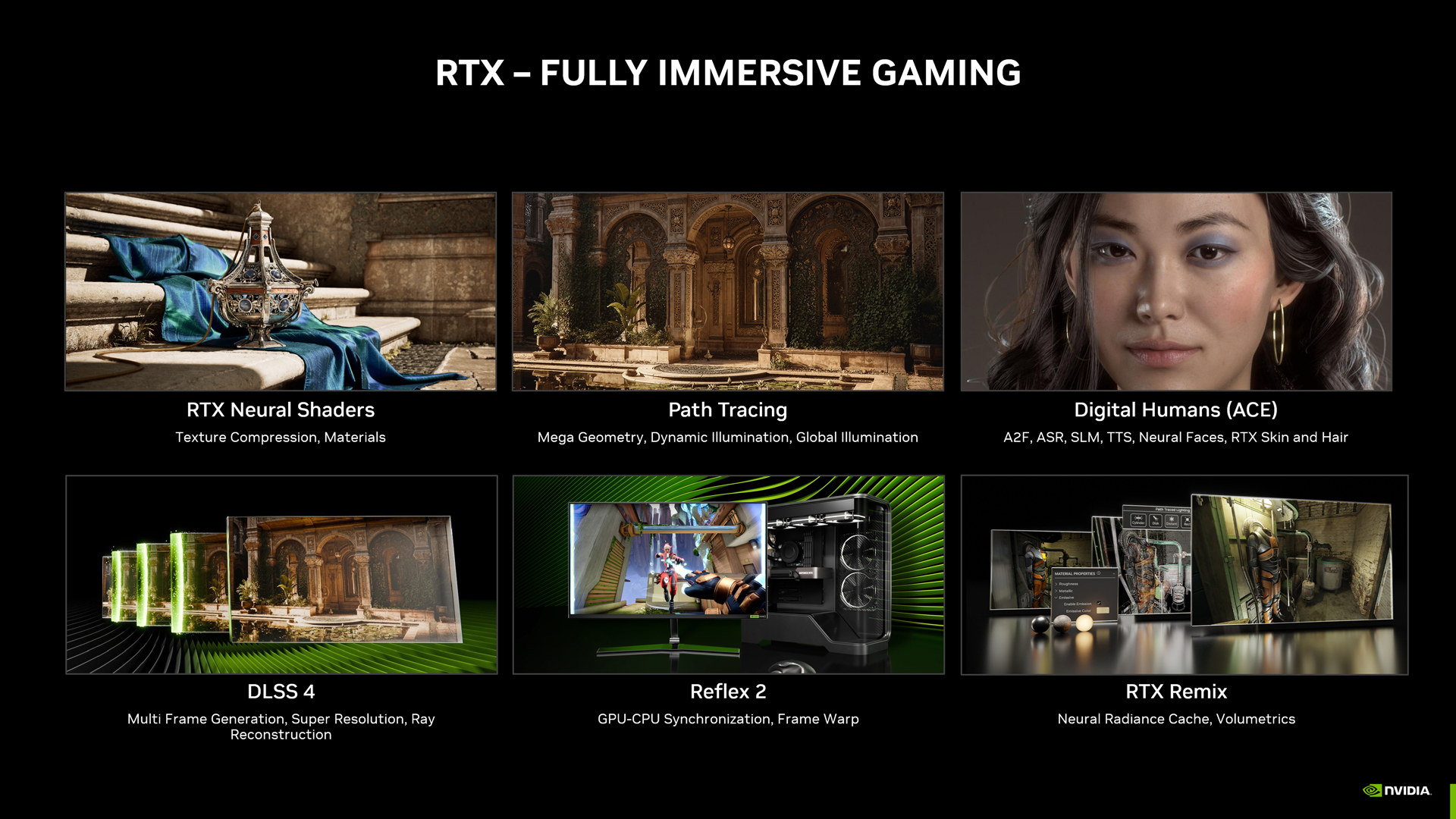
|
Card |
Pros |
Cons |
|
5060 Ti |
|
|
|
3080 Ti |
|
|
Conclusion
Ultimately, picking between the two depends on what you want or what your expectations are. In short, if you value efficiency and a new GPU, go for the 5060 Ti. For the 3080 Ti, if you can get a good used deal and already have a 80+ gold or ATX 3 PSU, go for it. Turning down a few texture settings will still make games look good.
Looking For More Related to Tech?
We provide the latest news and “How To’s” for Tech content. Meanwhile, you can check out the following articles related to PC GPUs, CPU and GPU comparisons, mobile phones, and more:
- 5 Best Air Coolers for CPUs in 2025
- ASUS TUF Gaming F16 Release Date, Specifications, Price, and More
- iPhone 16e vs iPhone SE (3rd Gen): Which One To Buy in 2025?
- Powerbeats Pro 2 vs AirPods Pro 2: Which One To Get in 2025
- RTX 5070 Ti vs. RTX 4070 Super: Specs, Price and More Compared
- Windows 11: How To Disable Lock Screen Widgets
 Reddit
Reddit
 Email
Email
